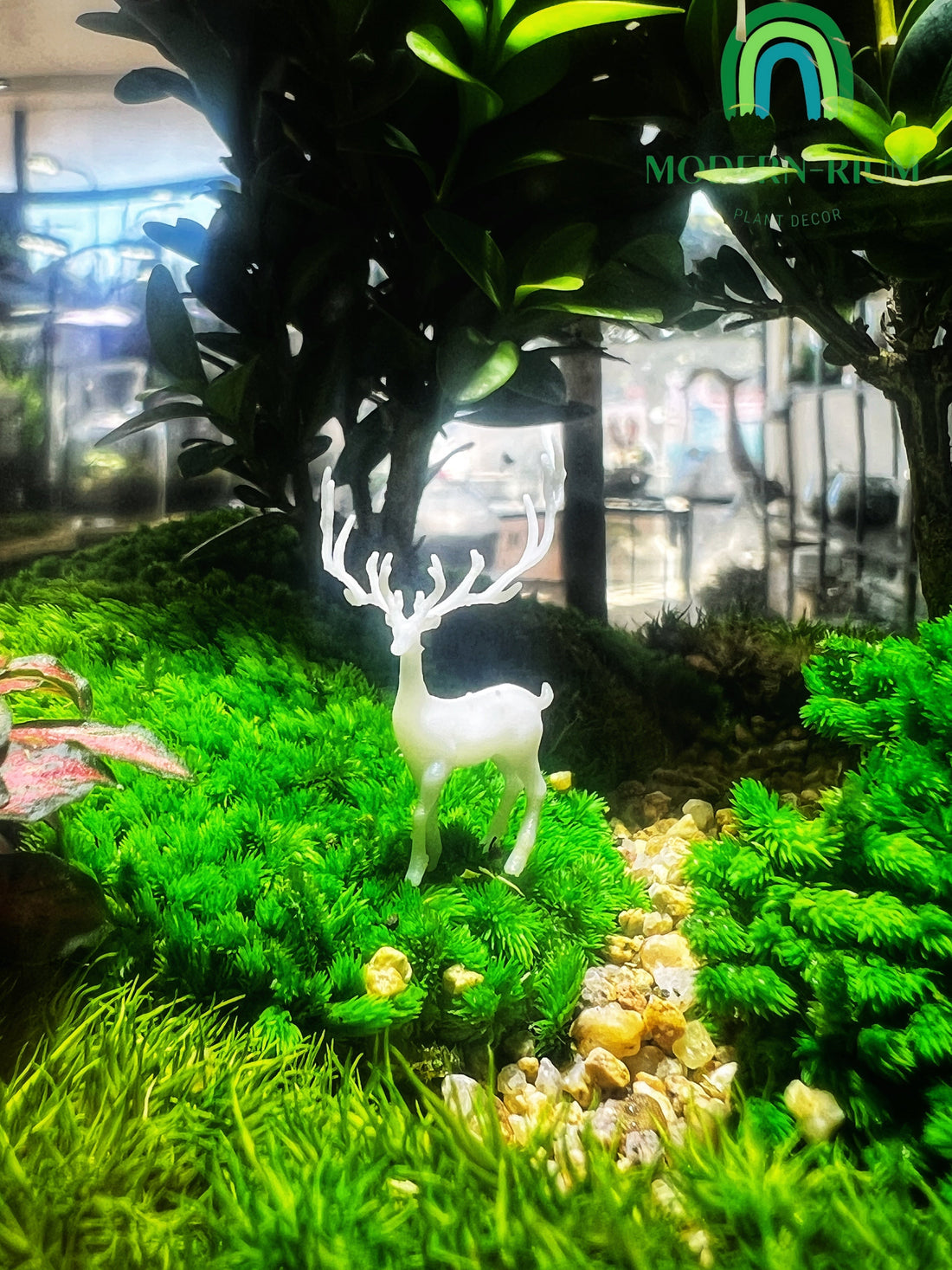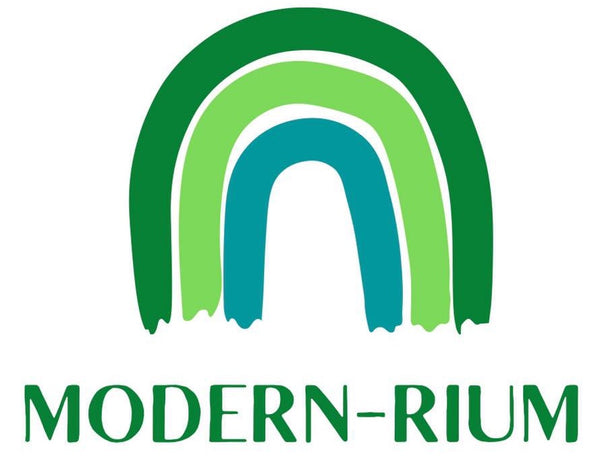
💧 How to Maintain Humidity and Drainage Balance in Terrariums & Paludariums
Danny PhamShare
Humidity and drainage are two of the most important factors in creating a healthy terrarium or paludarium. Too much or too little of either can quickly tip your miniature ecosystem out of balance—leading to mold, root rot, or wilted plants.
Finding the right balance ensures your setup thrives as a lush, self-sustaining environment. Here’s how to do it.
🌫️ Why Humidity Matters
Humidity is the moisture level in the air inside your enclosure.
Too Low → Plants dry out, leaves become crispy, moss browns.
Too High → Mold, fungus, and bacterial growth flourish.
Most terrarium and paludarium plants (ferns, mosses, fittonia, tropicals) thrive in 60–90% humidity. Succulents and cacti (open terrariums) prefer much drier conditions.
💦 Why Drainage Is Equally Important
Drainage prevents excess water from sitting around plant roots. Without it, you risk:
Root rot
Foul odors
Algae and bacteria buildup
A good drainage system lets water flow freely away from roots, while keeping the substrate moist enough for healthy growth.
✅ Tips to Maintain the Right Balance
1. Build a Drainage Layer
Use gravel, LECA (clay balls), or pebbles at the base (2–4 cm).
Add a mesh barrier above to separate substrate from drainage.
This ensures excess water collects below roots without drowning them.
2. Choose the Right Substrate
Use mixes suited for your plants:
Tropicals: Coco fiber, sphagnum moss, orchid bark, charcoal.
Succulents: Sandy, gritty soil.
Avoid dense garden soil—it compacts too easily.
3. Control Humidity with Lids & Ventilation
Closed terrariums = higher humidity (great for moss & ferns).
Open terrariums = drier air (better for succulents & cacti).
Adjust by:
Cracking the lid for airflow
Adding ventilation holes
Monitoring with a simple hygrometer
4. Mist Correctly
Mist lightly once a day (or less, depending on plant type).
Use distilled or rainwater to avoid mineral buildup on glass.
Watch condensation:
Light fogging in morning, clear by afternoon = good balance
Heavy condensation all day = too humid
5. Use Moss & Leaf Litter
Moss naturally absorbs and releases moisture.
Leaf litter helps retain humidity and gives isopods & springtails food.
6. Add a Cleanup Crew
Springtails and isopods reduce mold and break down organic matter—helping to maintain healthy moisture cycles.
7. Lighting Matters
LED grow lights = minimal heat, stable humidity.
Avoid direct sunlight on closed terrariums—it causes overheating and excess condensation (greenhouse effect).
🚨 Signs of Imbalance
| Problem | Sign | Solution |
|---|---|---|
| Too Humid | Glass foggy all day, mold growth | Increase ventilation, reduce misting |
| Too Dry | Crispy leaf edges, wilted moss | Mist more, close gaps |
| Poor Drainage | Yellowing leaves, rotten smell | Add proper drainage layer |
| Mineral Buildup | White stains on glass/soil | Switch to distilled water |
🌟 Final Thoughts
Maintaining the right humidity and drainage balance is all about observation and adjustment. With proper layering, misting, and ventilation, your terrarium or paludarium will regulate itself naturally.
Think of it as building a mini climate—and once it’s stable, your ecosystem will thrive for years with very little intervention.
🛒 Need help balancing your setup?
At Modernrium, we provide terrarium substrates, LECA, moss, and bioactive kits designed to keep humidity and drainage in perfect harmony. Explore our shop or contact us for tailored advice.
 is here! Shop now, pay later in 4 easy installments
is here! Shop now, pay later in 4 easy installments











